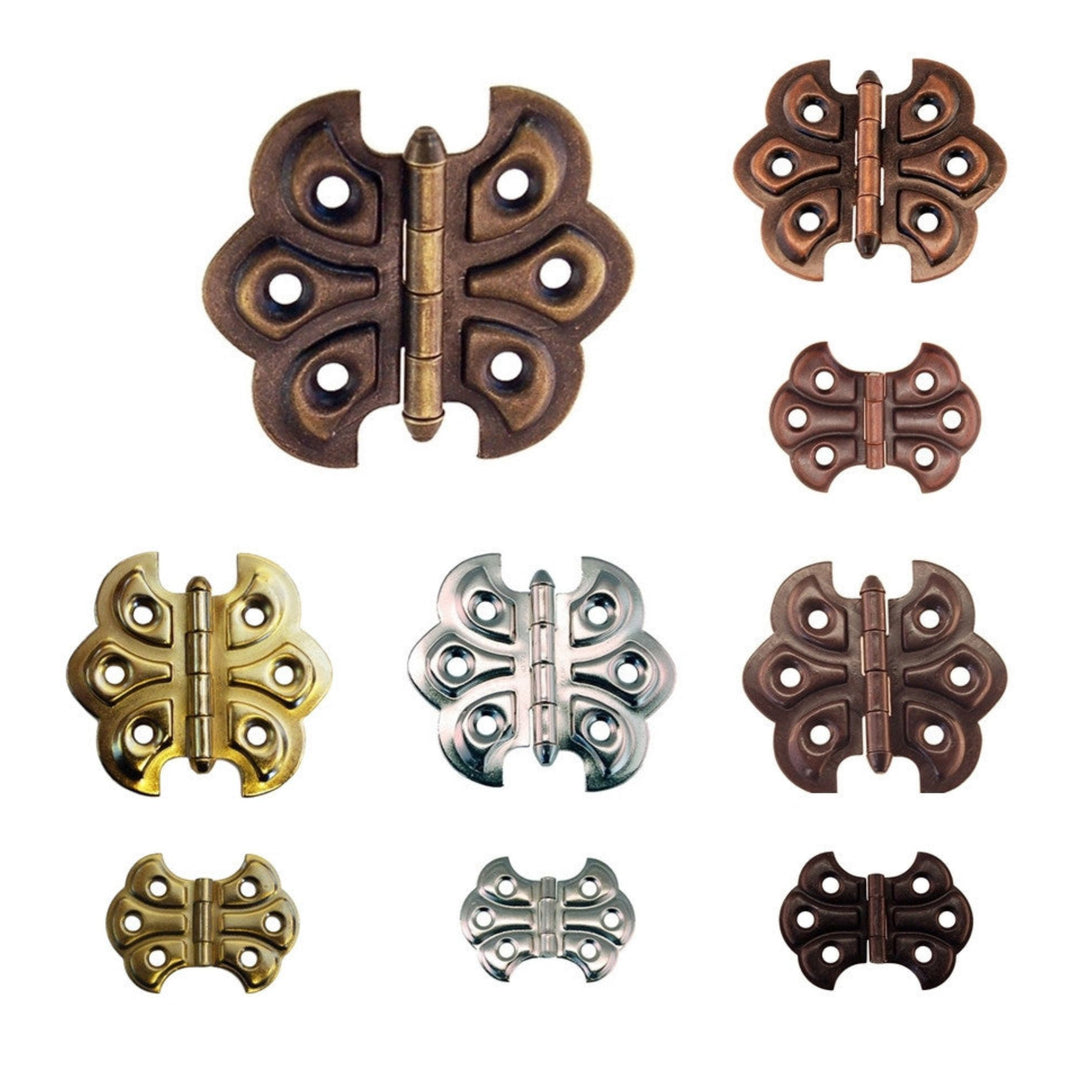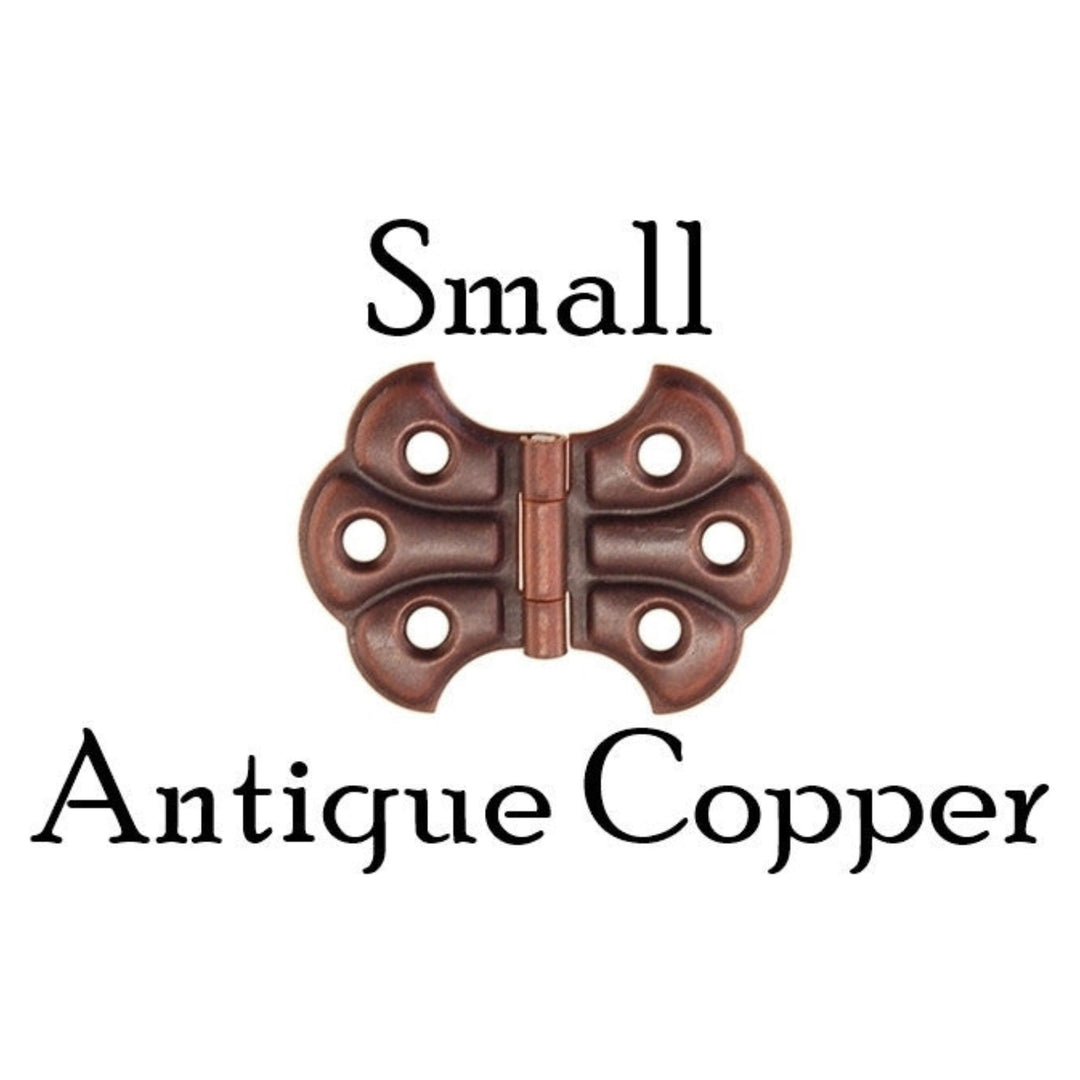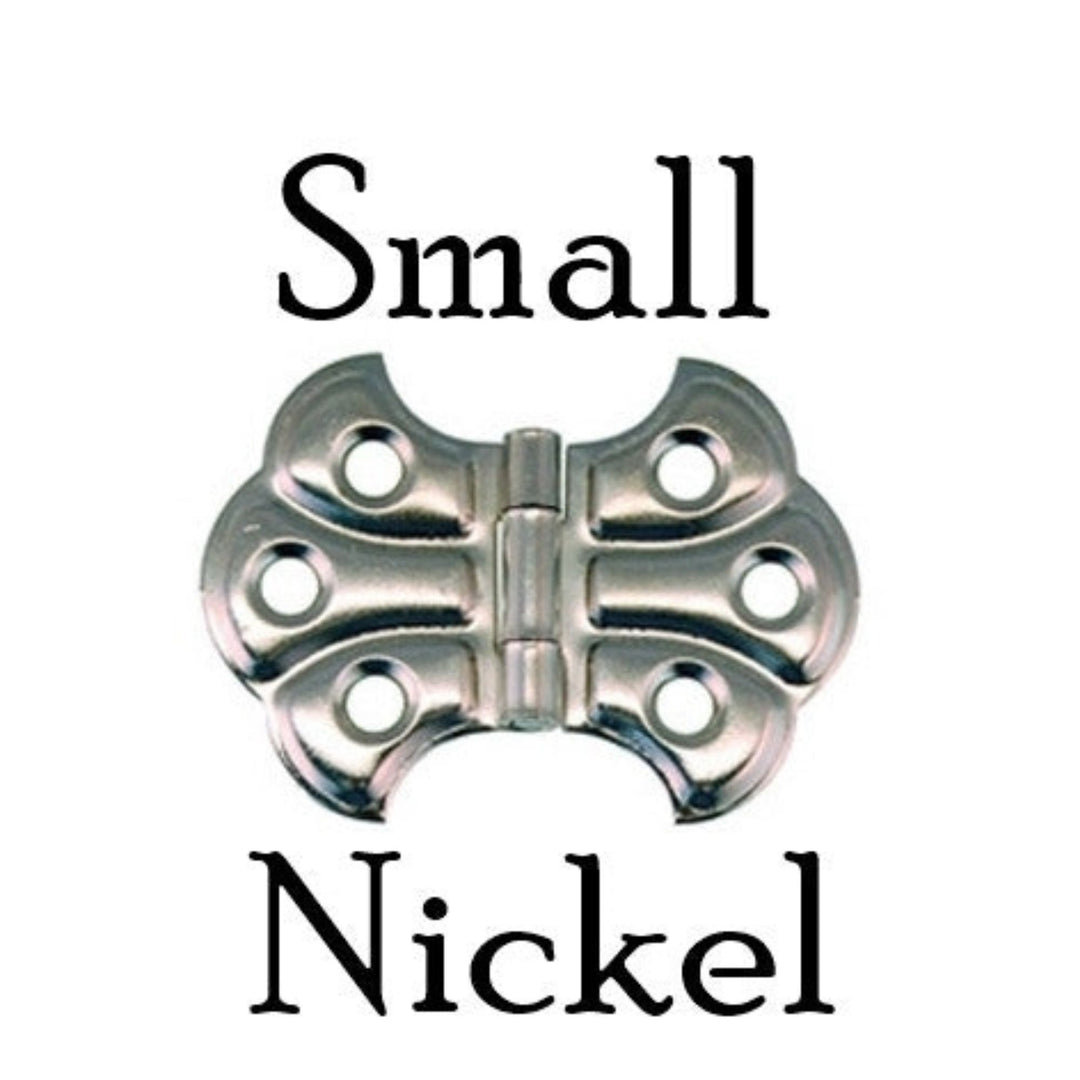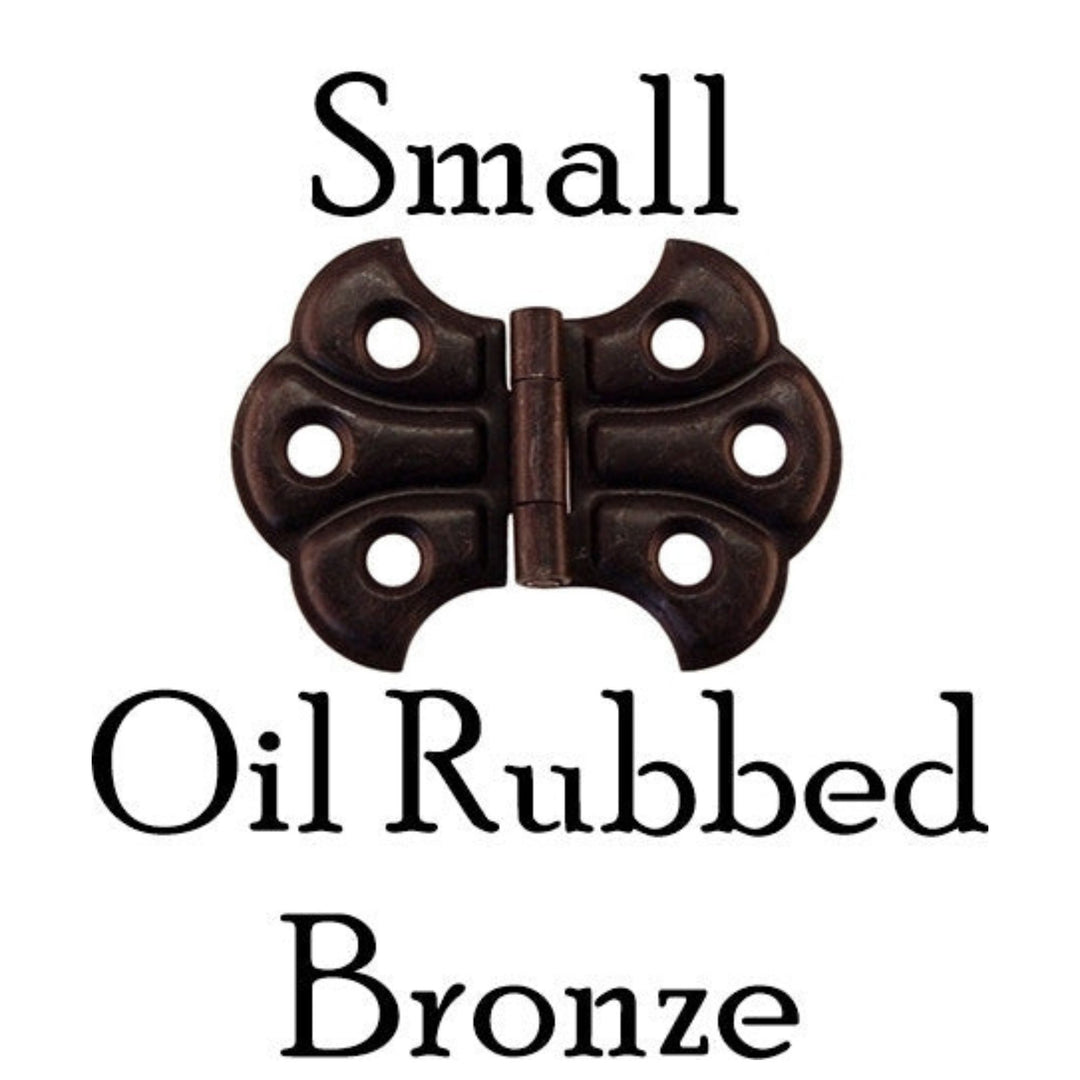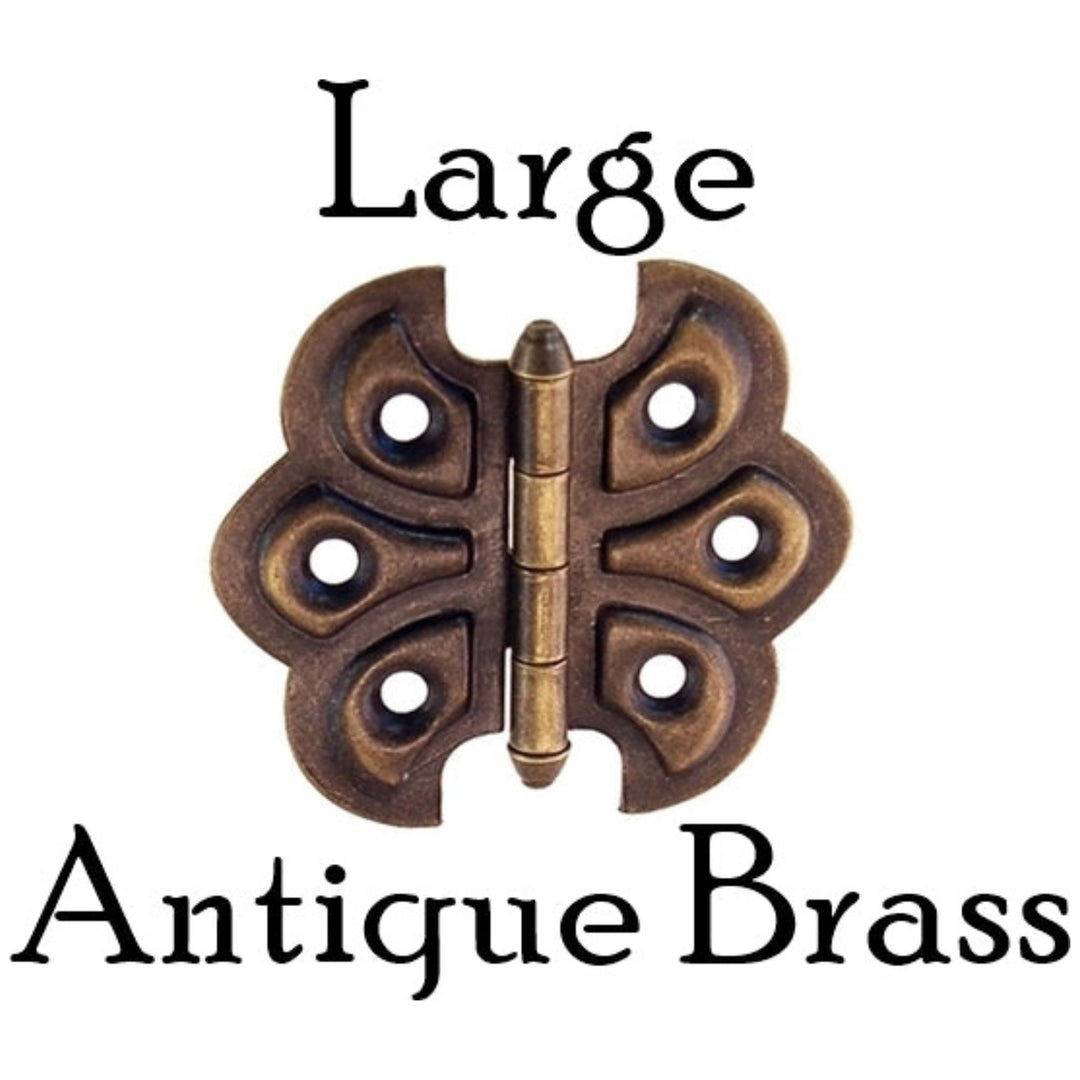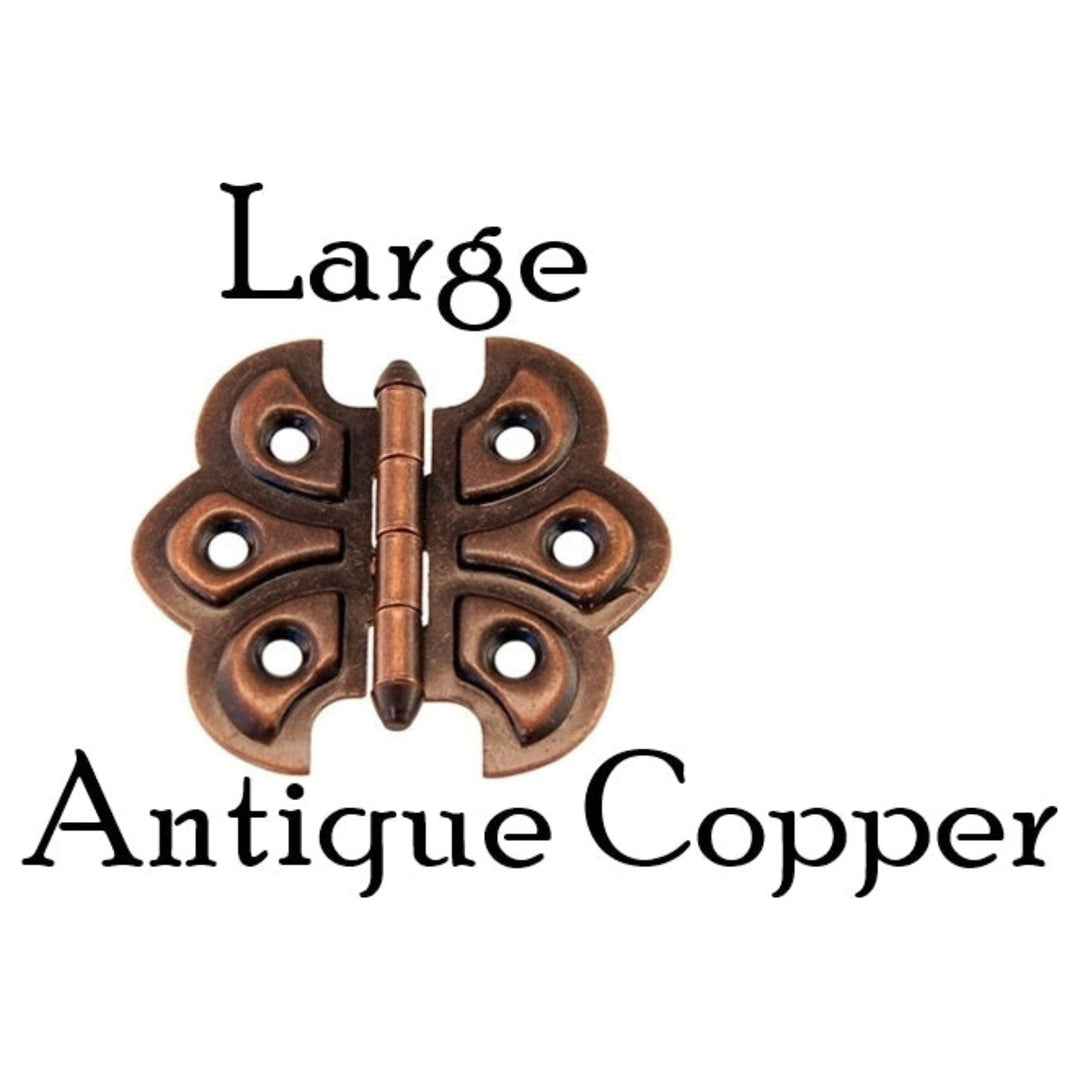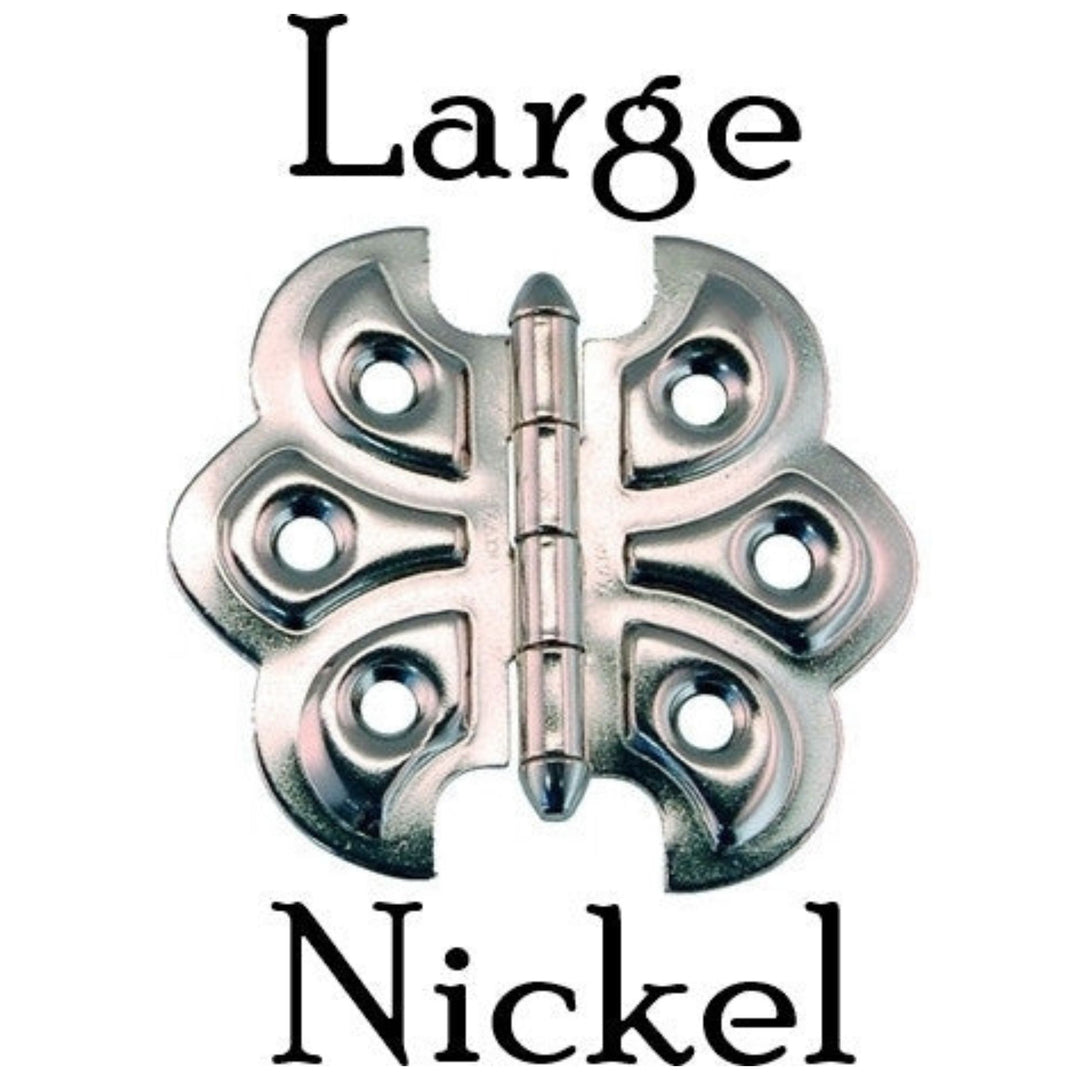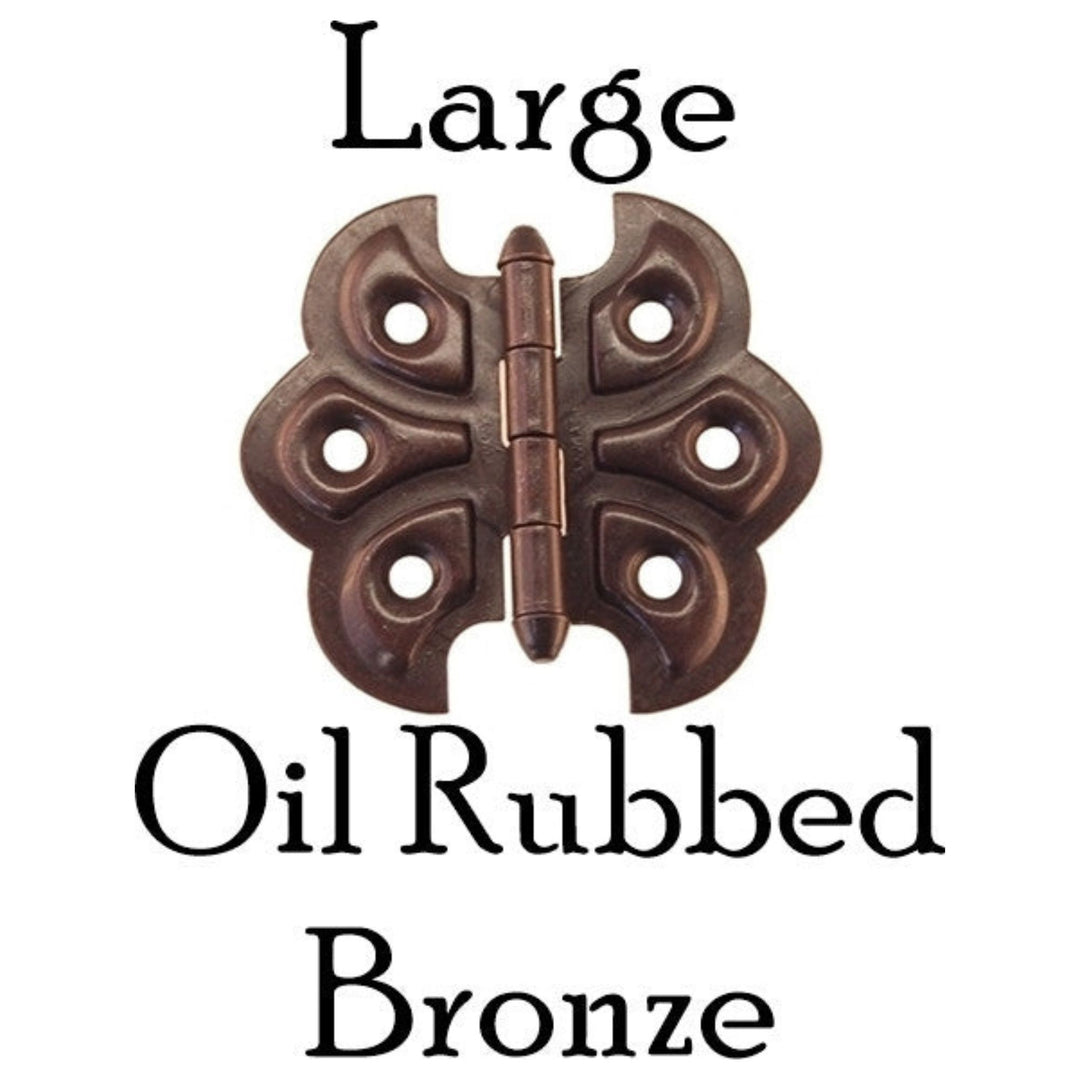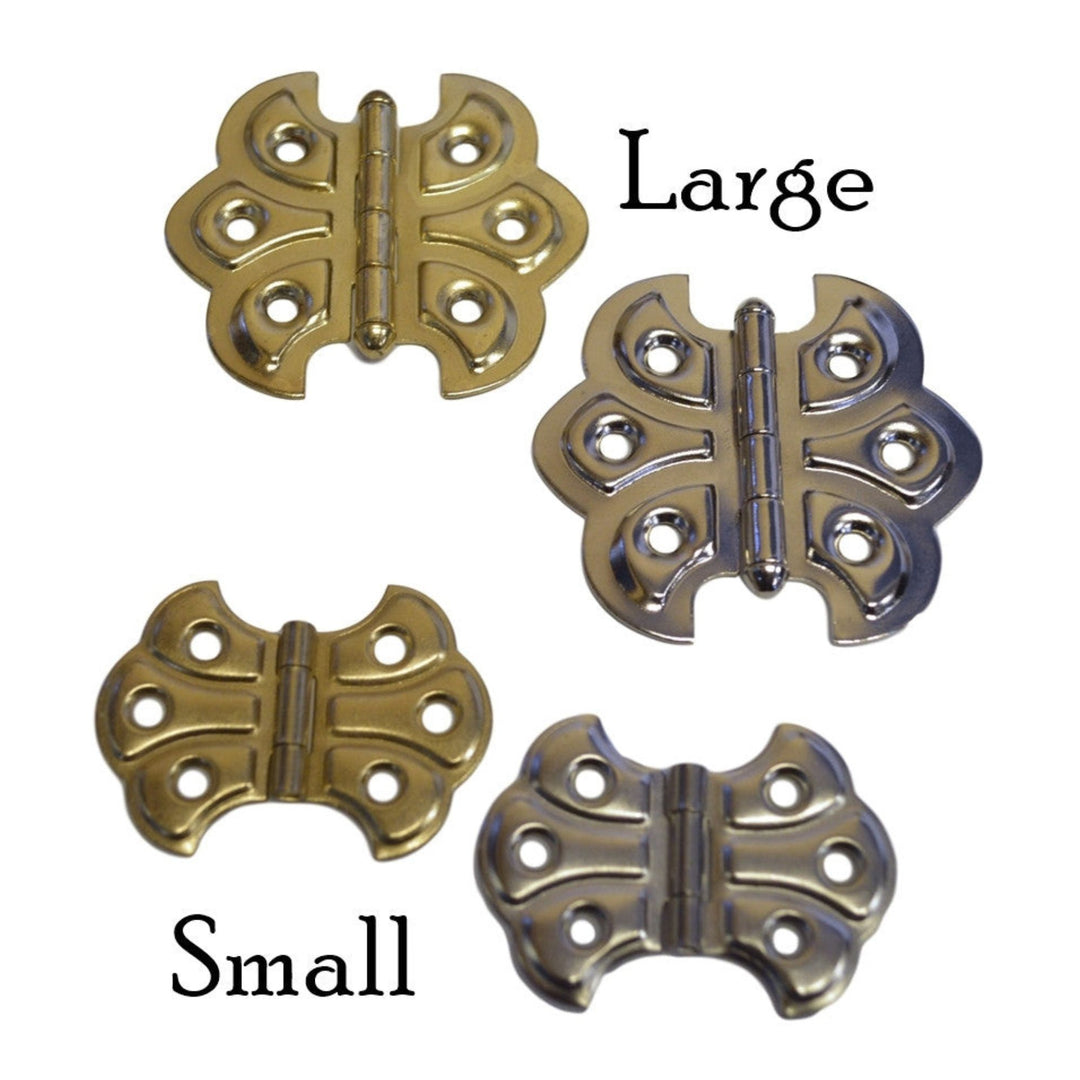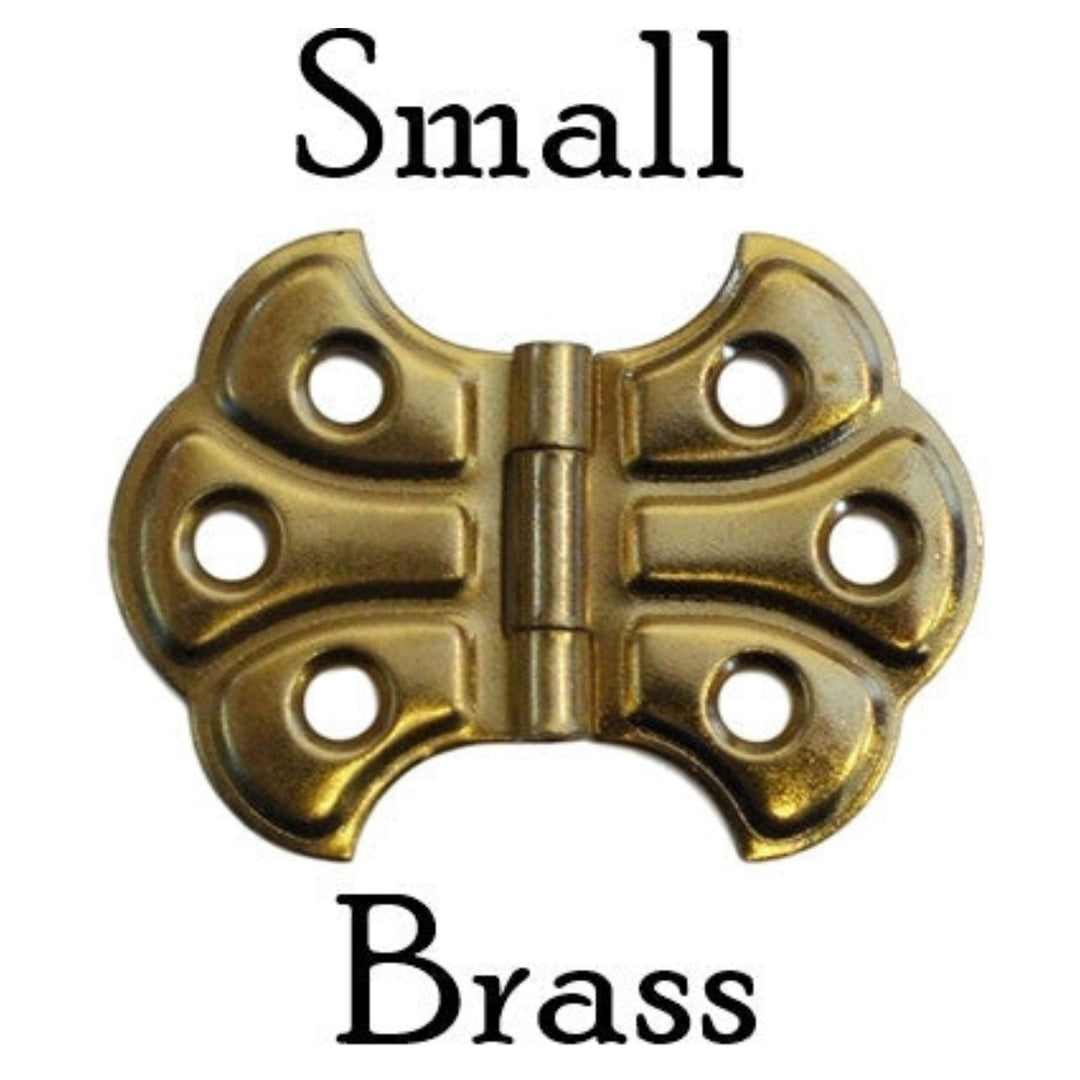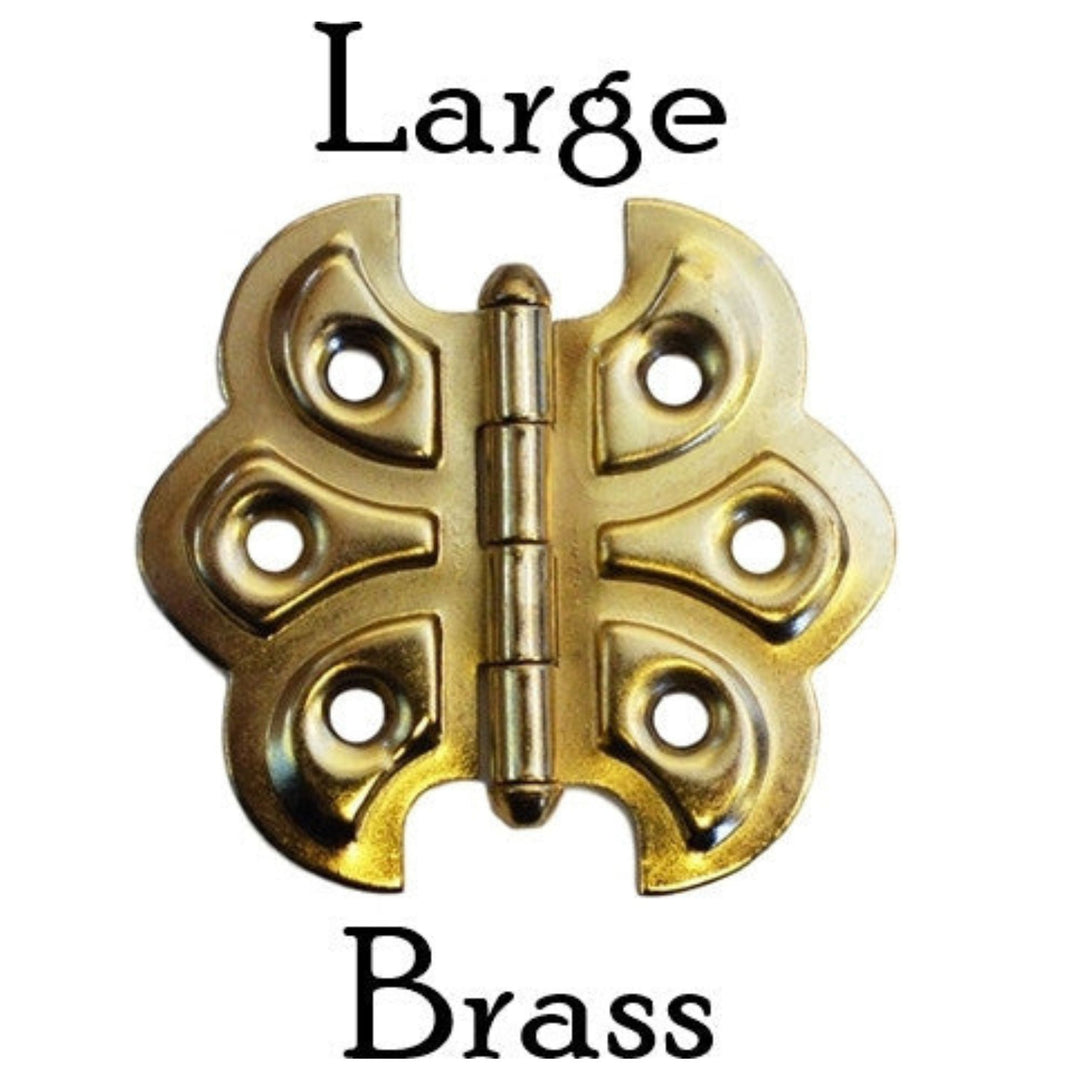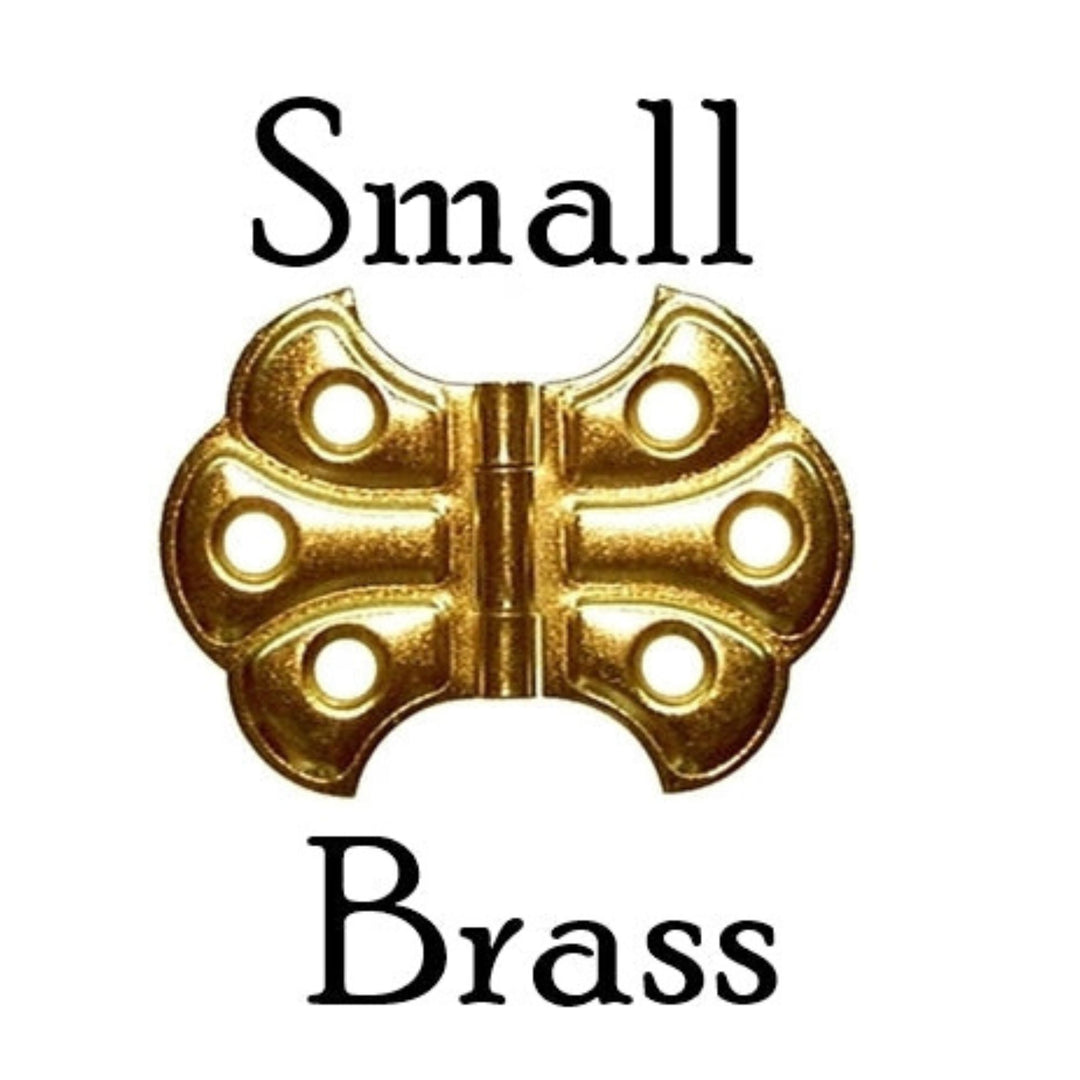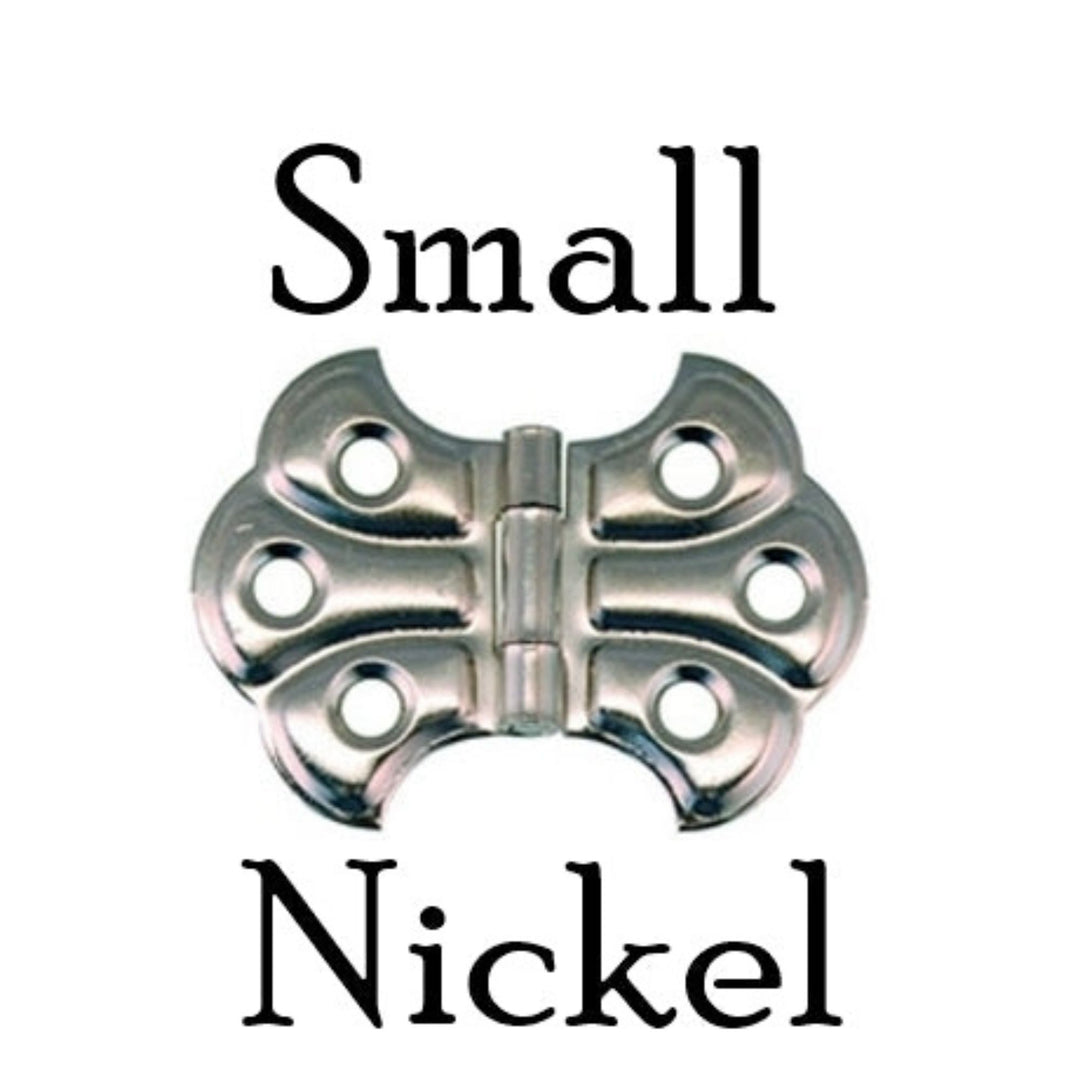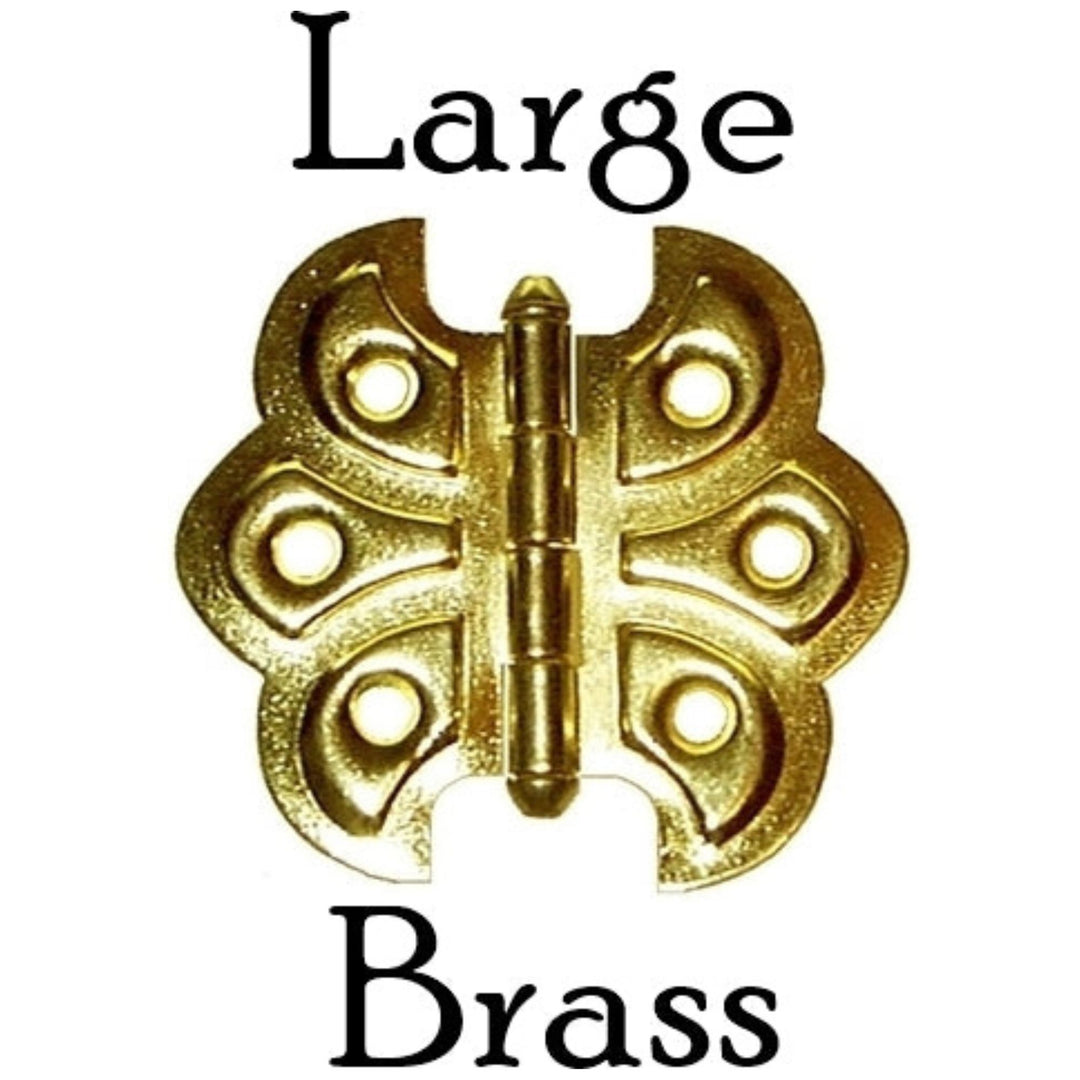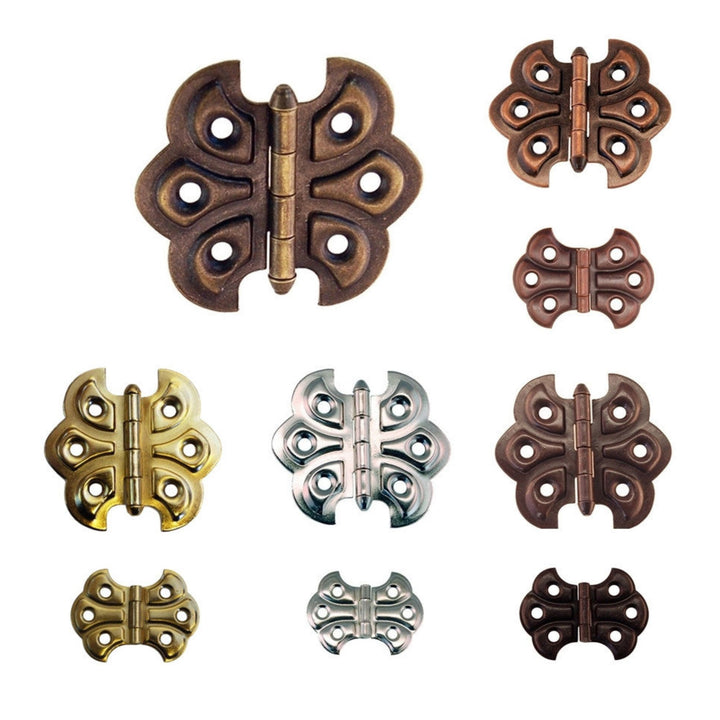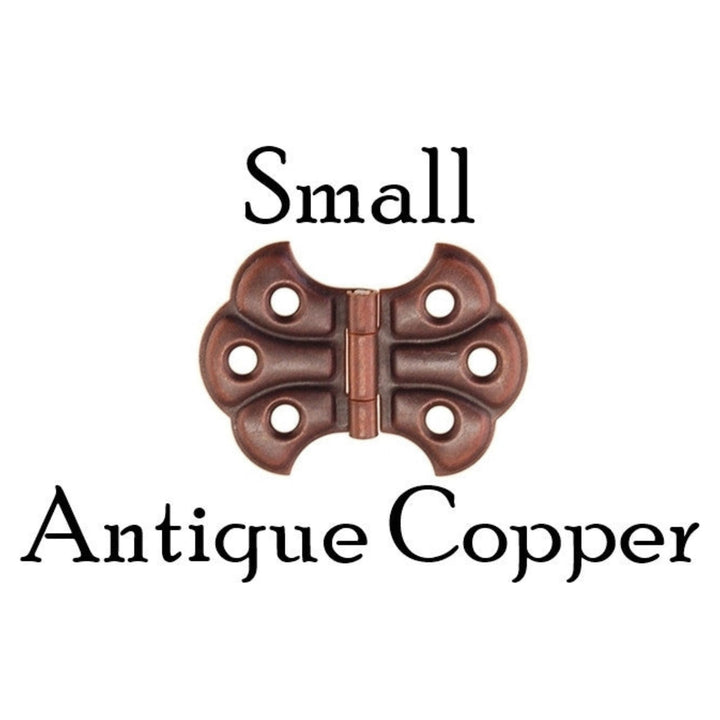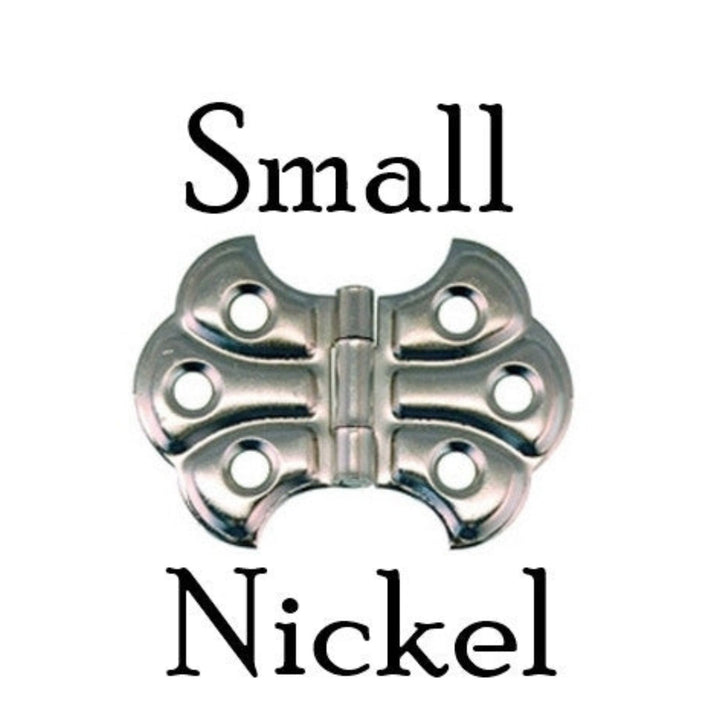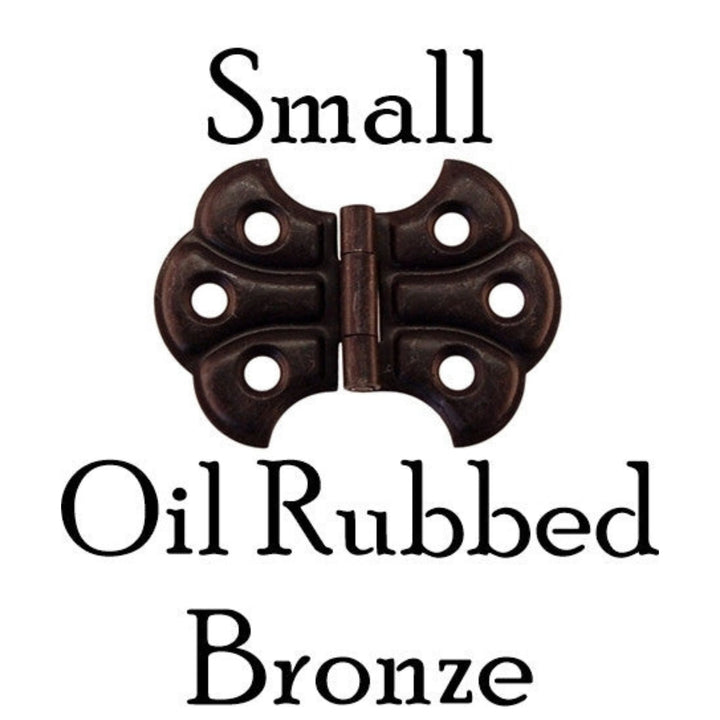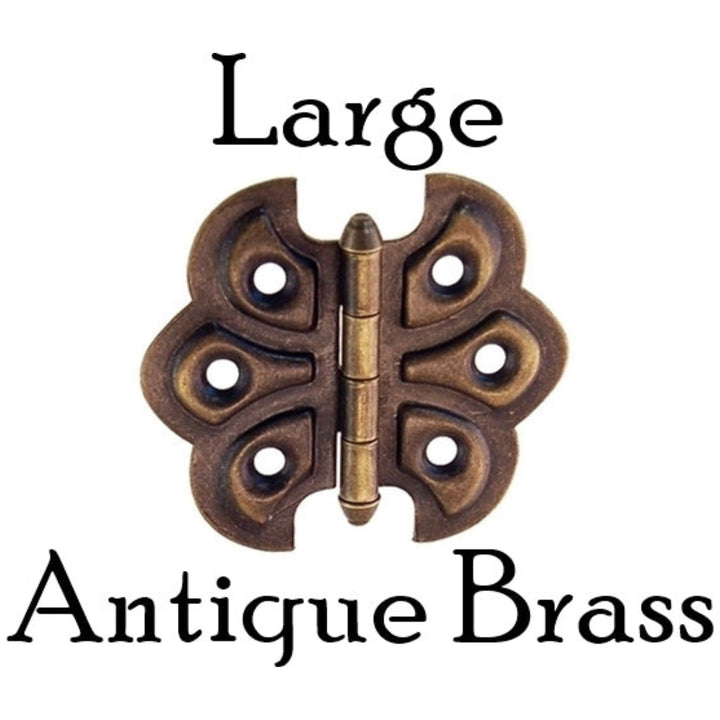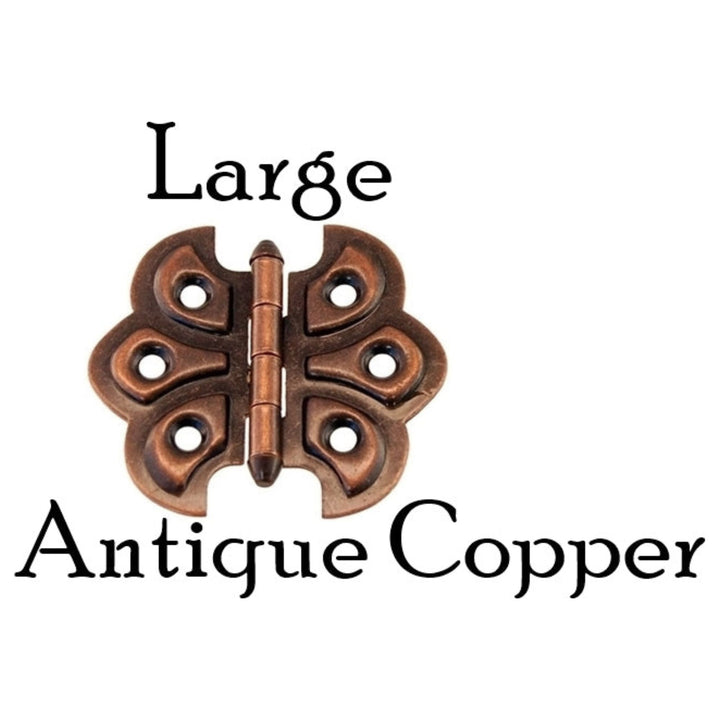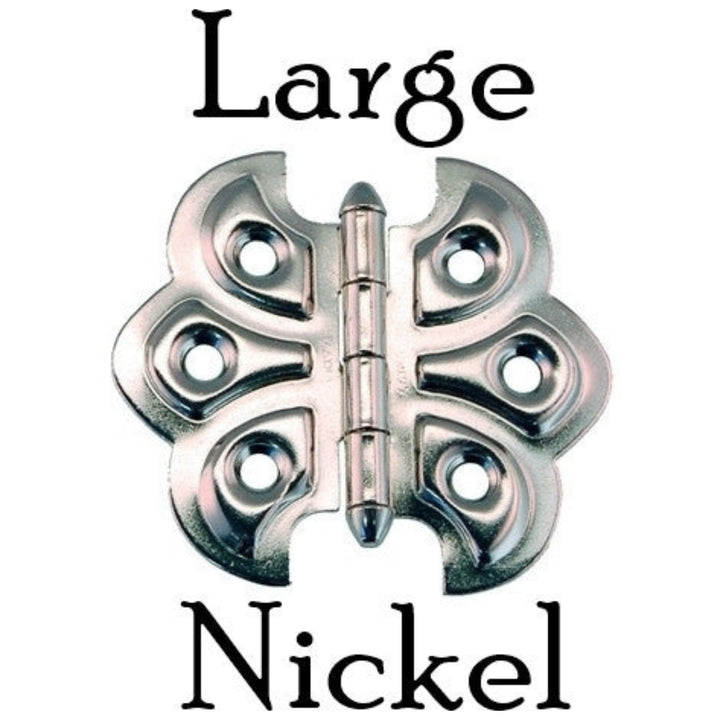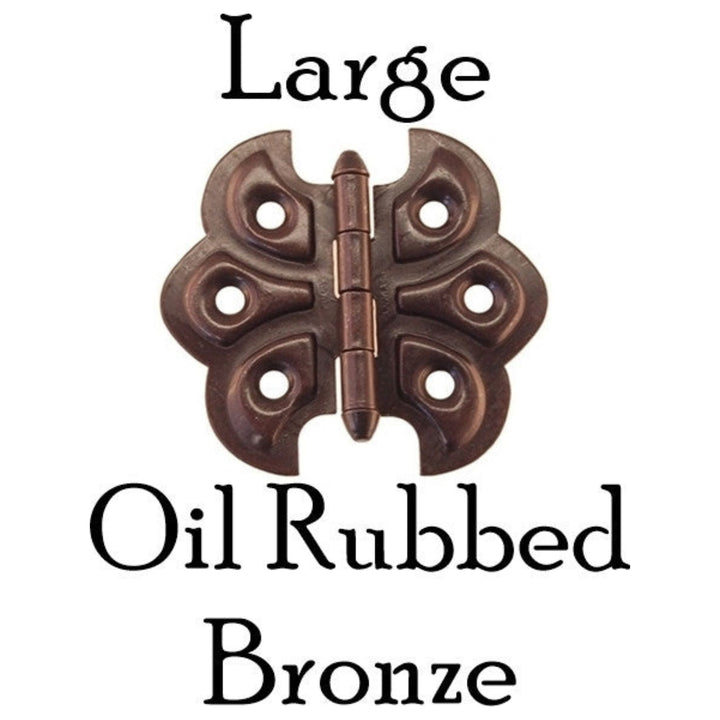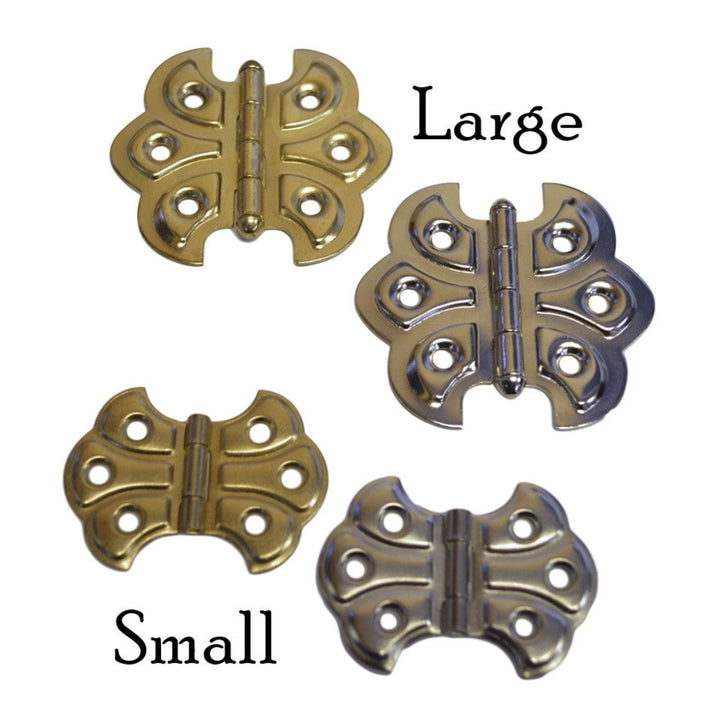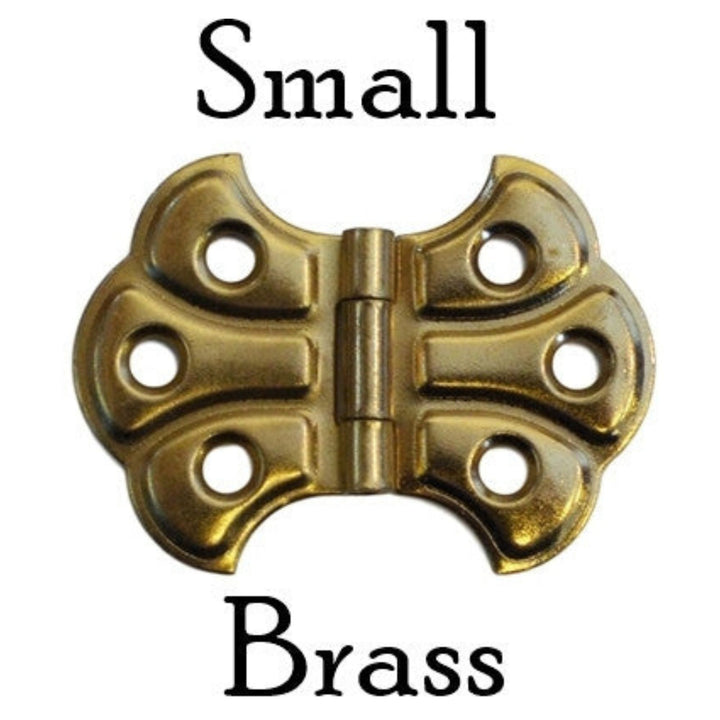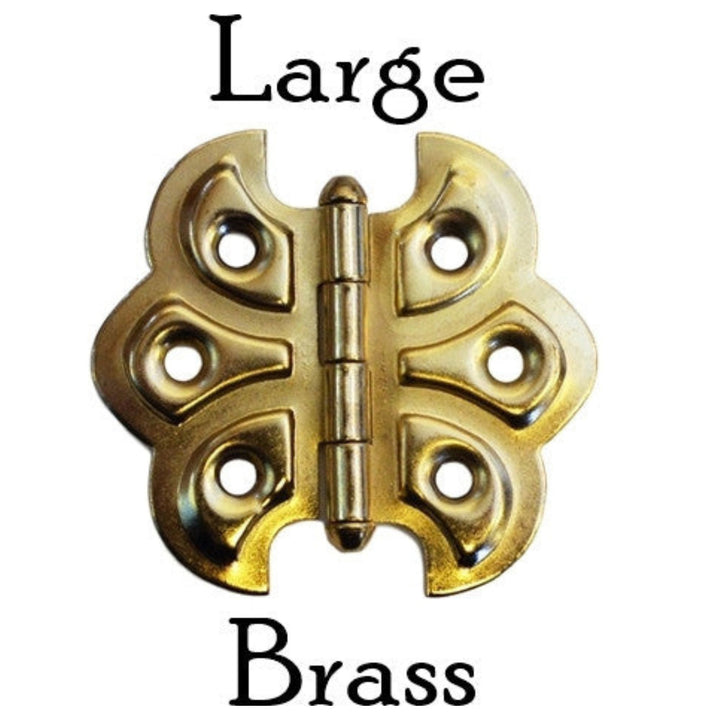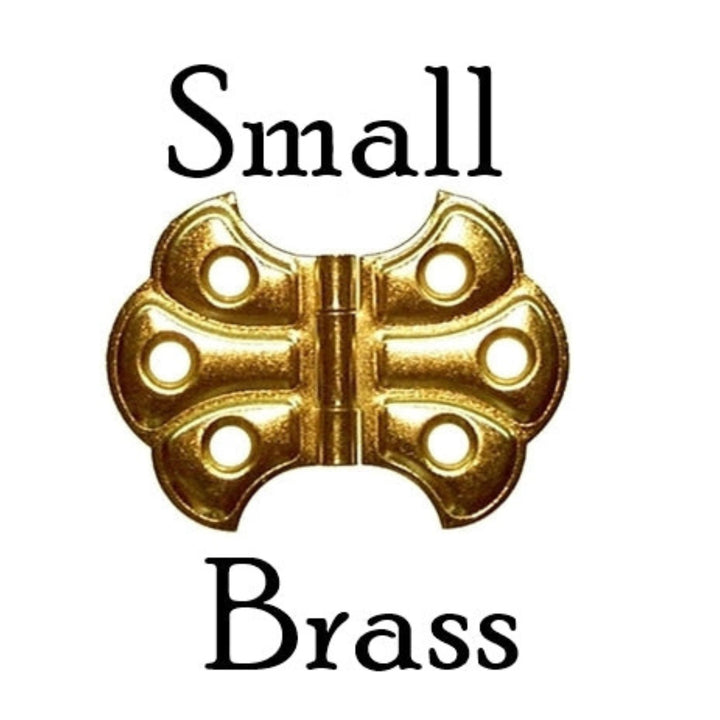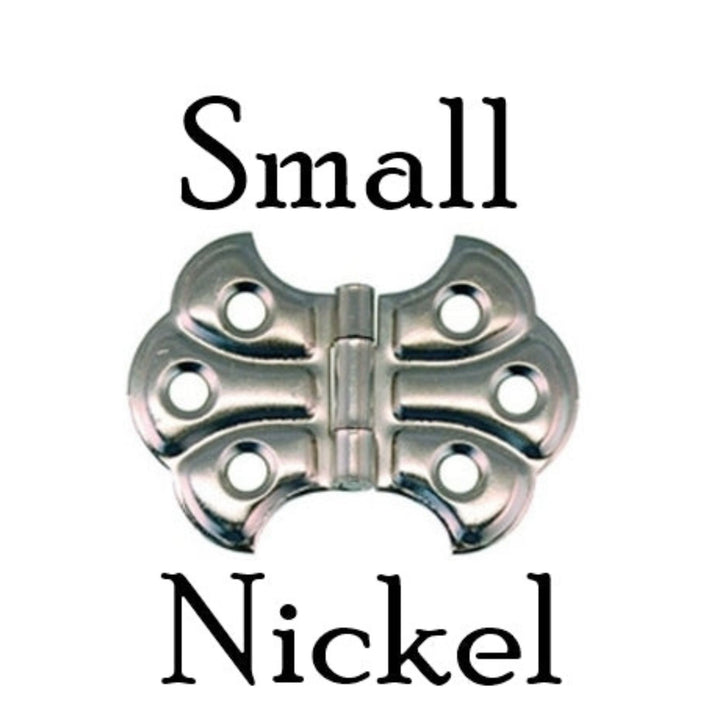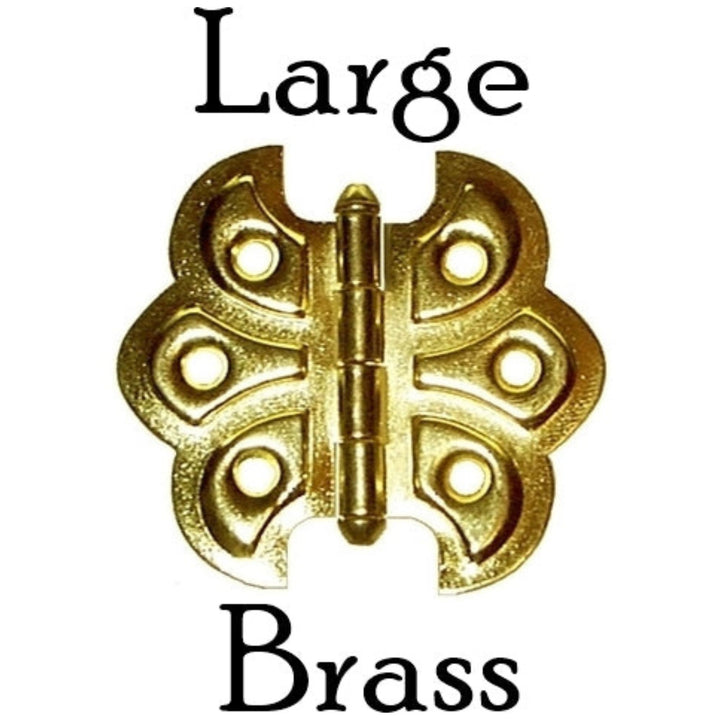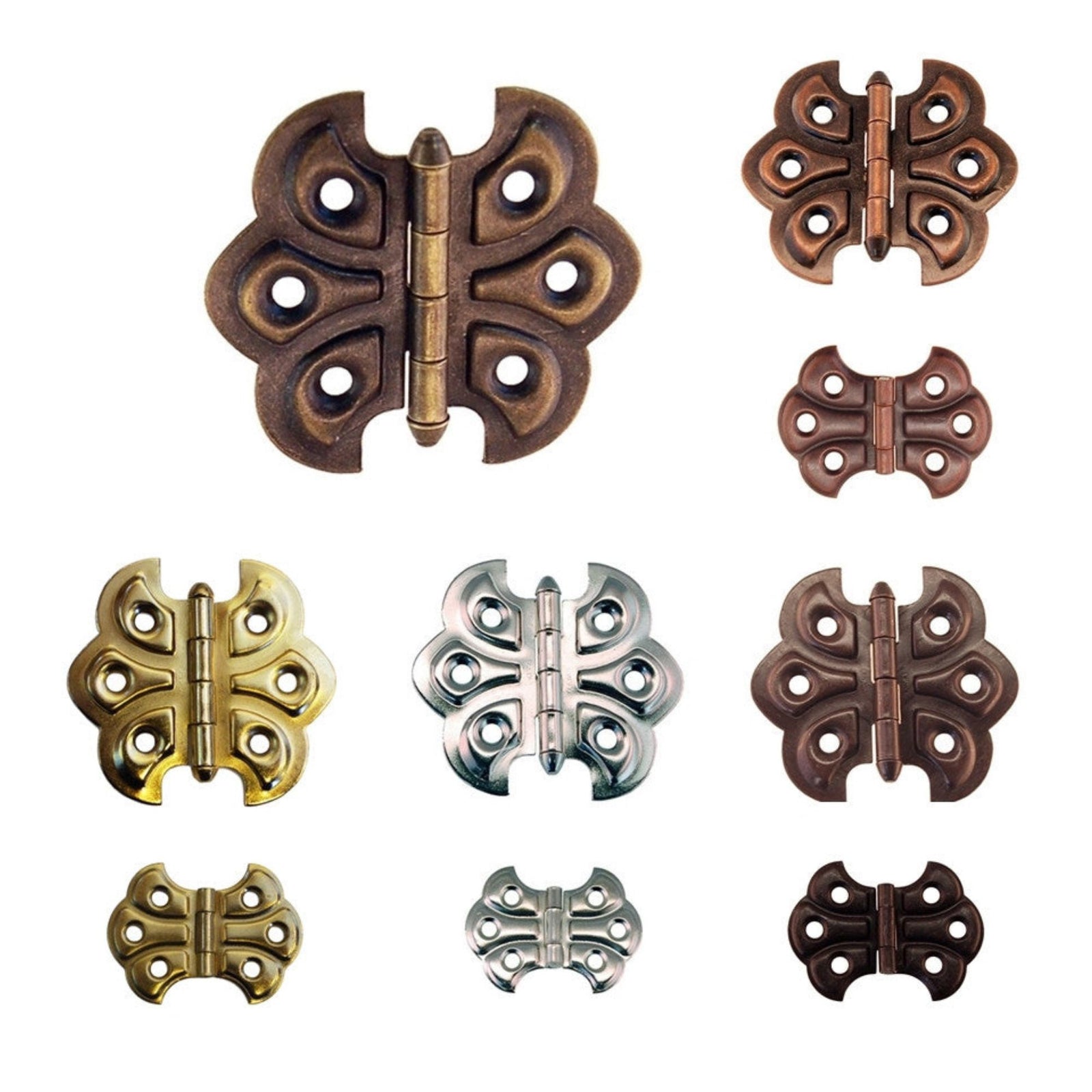Embossed Butterfly Hinge
Historical Insights and Evolution
Butterfly hinges—named for their ornamental, mirror-image wings—have been an enduring feature of furniture design since the late 19th century. Originally seen in medieval England, these decorative hinges became widely popular during the Victorian era, when they brought visual flair to cabinets, boxes, and shutters. Their popularity extended into the early 20th century, aligning perfectly with Craftsman and Art Deco styles that valued visible craftsmanship and embellishment.
Significance in Antique Restoration
In antique restoration, butterfly hinges represent more than mere hardware—they embody historical authenticity. Their distinct shape and decorative character help restorers accurately reproduce period furniture from the Victorian through early-American eras. Compared to simple H or strap hinges, butterfly hinges add a distinctive decorative identity to restored pieces.
Specifications
- Material: Steel
- Finish Options: Brass, Nickel, Oil Rubbed Bronze, Antique Copper, Antique Brass
- Sizes: Small – 1-7/16" High x 2" Wide; Large – 2-3/16" High x 2-3/8" Wide
- Mount Type: Flush mount
- Includes: Mounting screws for easy installation
Aesthetic and Practical Aspects
The Embossed Butterfly Hinge combines strength with period-correct detail. Its embossed steel design adds both function and vintage charm, making it ideal for cabinetry, furniture, or restoration projects that call for old-world authenticity. With five available finishes—from bright Brass to rich Antique Brass—these hinges can complement a wide range of furniture styles and finishes.
Sold individually.


